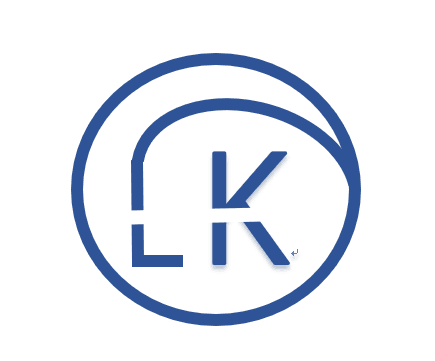export@langkedyes.com
What color:
Color is an optic nerve sensation when the human eye is stimulated by radiation of a certain wavelength and intensity. Although colors vary, there are only three basic colors: red, yellow and blue, often referred to as the three basic colors. Two equal primary colors are mixed to form secondary (intermediate) colors, which are equal to the primary colors to form composite colors.
Pigments are usually determined by three parameters: hue, saturation and brightness, also known as the color triad. Monochromatic color without adding other colors as pure color, adding other colors as intermediate color or compound color. Two coated workpieces of the same color present different colors and colors under different light or sunlight. This is the essence of brightness with a certain hue and intensity, which is the difference in saturation.
Ⅱ. the color formula.
Generally speaking, this powder coating is mainly some inorganic pigments, Pigment color durability is good, the cost is relatively low; in addition, inorganic coatings bright colors, high coloring power, high cost. Depending on the cost, the light resistance of the paint produced is also high, but the price will be expensive. The standard formula can be debugged according to the brightness of the color sample.
Ⅲ.powder coating color mixing skills.
Pigments used for powder coatings can be classified according to production method, composition structure, function and other methods.
1. Pigments are classified according to production methods.
According to the production method, it can be divided into natural pigment and synthetic pigment. Powder coatings usually use less natural pigments. Synthetic pigments include titanium dioxide. Iron oxide series. Phthalocyanine series. Azo. Polycyclic pigments and so on.
2. Function distinction.
According to the function of powder coating, it can be divided into color pigment. Physical pigment (also called filler). Antirust pigment. Conductive pigment, etc. For most functional powder coatings, the application of functional fillers is very important.
3. Hue in the process of powder coating color matching.
Pigments used in powder coatings due to their chemical composition. Crystal structure. Surface state. Particle size. Different processes and equipment have different color tones, such as carbon black is a widely used pigment in powder coating. When the particle size decreases or the surface increases, the blackness of carbon black increases, absorbing more light and reflecting less, making it appear darker.
It is important to know the hue of the powder coating. For example, if the hue is the same as the sample, set it to 10 (indicating that you are very satisfied and do not need to add any color material). Therefore, it is easier to go from zero to nine and harder to go from nine to ten.
4. Color sample magnificence.
Inorganic pigments usually have good light retention and low cost, but the pigments are darker (i.e., not bright) and have low coloring power, while the opposite is true for organic pigments. Of course, some big companies have organic pigments with color fastness above grade 7 (lightfastness from grade 1-8, grade 8 is grade Z) and weatherability above grade 4 (weatherability from grade 1-5, grade 5 is grade Z), but the price is extremely expensive, so the price of pigments made of this powder is also very high.
5. According to the degree of color rendering.
Due to the overall structure of the pigment. Chemical composition and form, its background color and presented to people are different. Carbon black is widely used in coating, usually as long as the particle size decreases, the carbon black increases, the light absorbs more and reflects less, so we will feel darker.
At the end of the hue, there is no need for pigment, only the lack of hue. In addition, domestic and foreign pearlescent pigments have different degree of difference in color batch, and the production process of powder coating is difficult to control, so common customers are allowed to have a certain range of colors.
